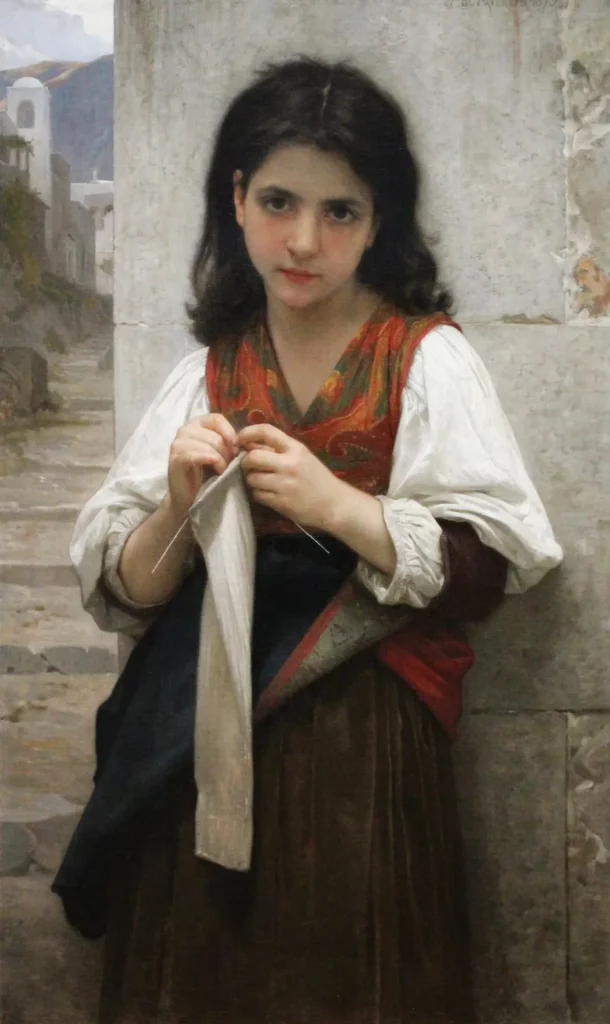Yet once in a while Dr. Boli has an experience that makes the circular motion of the earth strangely evident. One of those happened yesterday, thanks to William-Adolphe Bouguereau, the notable French painter. That we are able to call him notable is the thing that makes us feel the movement of the earth.
This curious mental journey began when Dr. Boli remembered visiting an art museum in Ocala, Florida, some years ago, shortly after it was opened. What was the name of the museum? He could not recall; but he could recall that it was on Silver Springs Boulevard east of the city. Google Maps did the rest; the museum was the Appleton Museum of Art, founded to display the collection of a rich fellow named Appleton, who snatched up a wide variety of art, including a first-class collection of Asian art and an important collection of pre-Columbian American art, but also some European masters. (And he also got his hands on the desk on which the Treaty of Versailles, the one that ended the First World War, was signed, because, you know, somebody has to own it.)
The museum site divides the permanent collection into several categories, and the painting chosen to represent the “European” category (the painting you see above) immediately struck Dr. Boli as a Bouguereau. If you know Bouguereau’s work, you know why: the idealized and impossibly clean poor girl staring straight at us is just his sort of thing. That first instinct was right: it was Tricoteuse (“Knitter”) by William-Adolphe Bouguereau.
In his lifetime, which ended in 1905 at a good old age, Bouguereau was the most notable of all living artists. Dr. Boli remembered when his paintings were eagerly absorbed by European aristocrats and American millionaires as fast as M. Bouguereau could turn them out. To own a Bouguereau was the infallible sign that you were a collector of taste and discrimination.
Then Bouguereau died, and within a dizzyingly short time, his reputation plummeted into the gutter. To own a Bouguereau was the infallible sign that you were a philistine. For almost the whole twentieth century, to admit to liking Bouguereau was a gaucherie from which one’s reputation as a connoisseur could never recover. When the Appleton Museum of Art opened in 1987, advertising the museum’s collection of European art with a Bouguereau would have been like advertising the museum’s collection of American art with a painting of Elvis on black velvet. You could have bought that Bouguereau in a flea market for fifteen dollars and a book of S&H Green Stamps. Now it is probably worth hundreds of thousands, if not millions.
The world has spun in a circle.
What does this observation mean? It means either that the art world has come to a cheering and long-deserved appreciation of the skill and talent of the best French Academic painters, or that you should be scouring flea markets for paintings of Elvis on black velvet.
